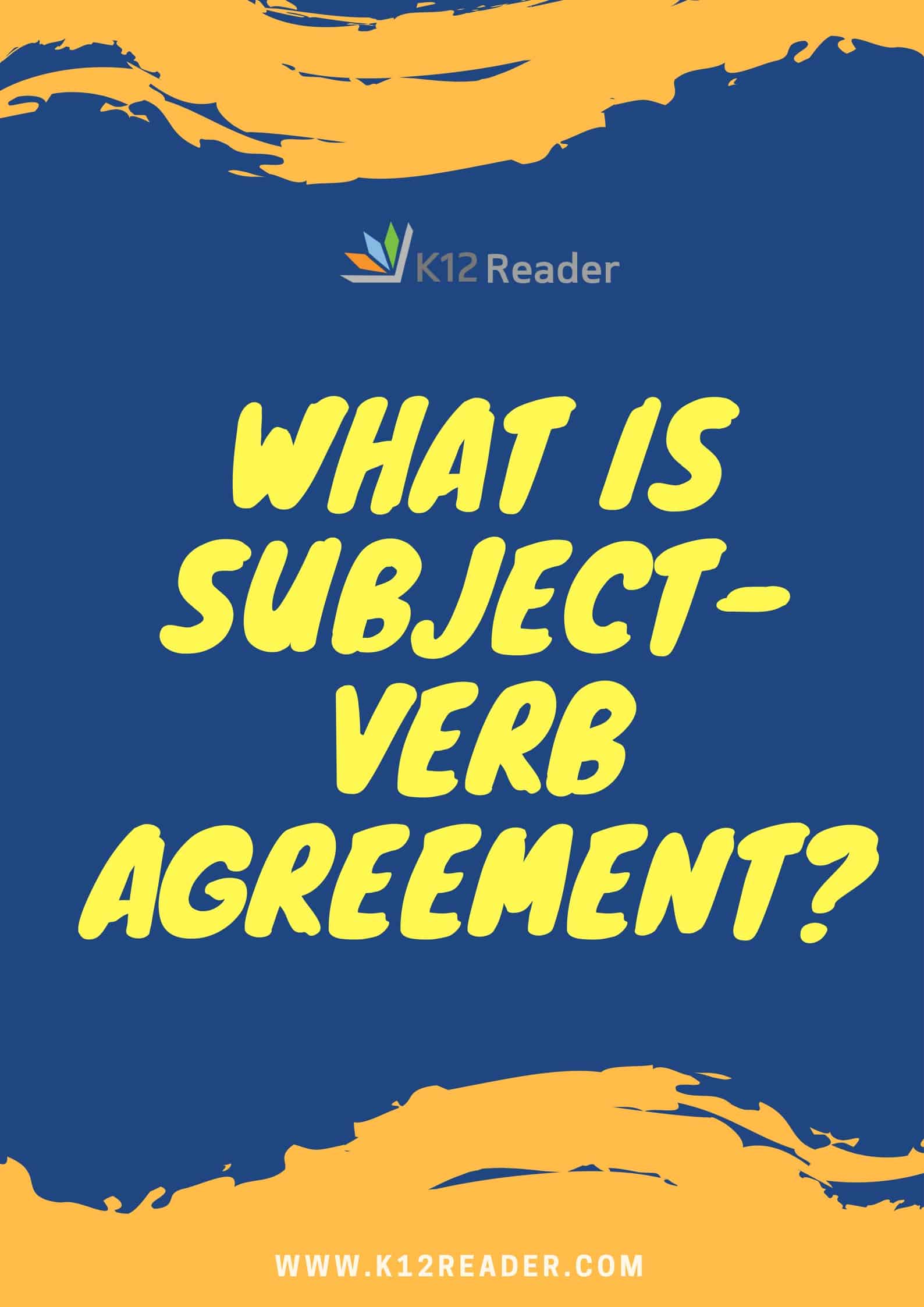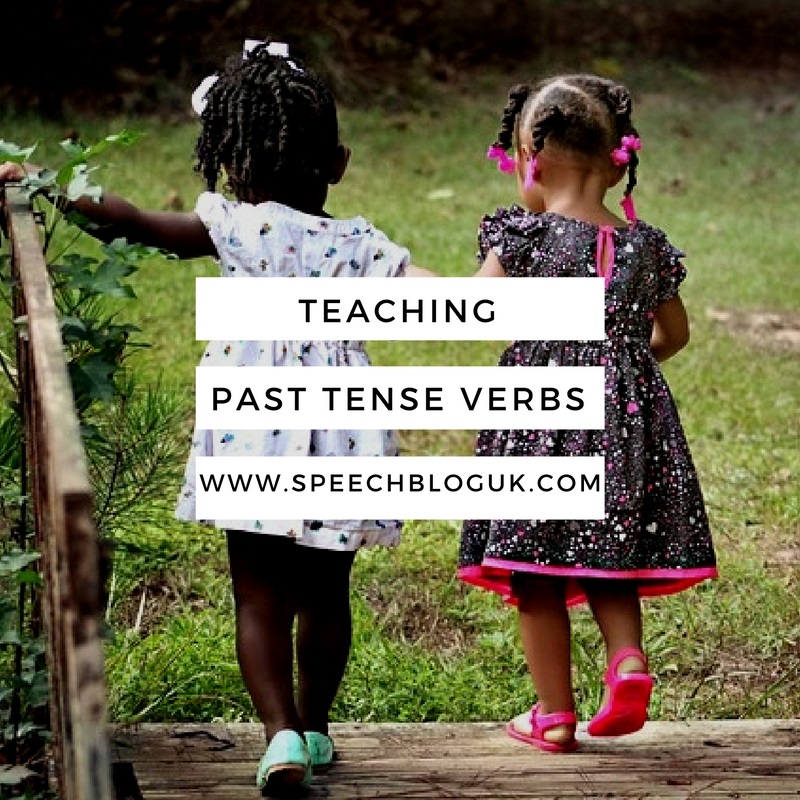The opposite of a transitive verb is an intransitive verb. A verb is an intransitive verb if it is not used with a direct object. Remember, only nouns, pronouns, and noun phrases can be direct objects. Prepositional phrases, adjectives, and adverbs cannot be used as direct objects. Once again, both action and stative verbs can be used as intransitive verbs. Except for the linking verb list, the other categories break down into different types.
The next list of verbs can be physical or mental. The list of helping verbs can be auxiliary or modal. The list of irregular verbs shows verbs in different tenses. A verb is one of the most important parts of a sentence, and indicates an action, or a state of being. The boldfaced words in the previous sentence are verbs.
More often than not, it is impossible for a sentence to be constructed without a verb. The being/linking words in the sentences above are included in the being verbs list below. You can use words in the linking verbs list to connect the subject with other words in a sentence. Transitive VerbsTransitive verbs are action verbs that always express doable activities that relate or affect someone or something else.
In a sentence with a transitive verb, someone or something receives the action of the verb. Action verbs, linking or "to be" verbs, and auxiliary verbs. In order to use many verb tenses in English, you need to know the past forms of the verbs.
The majority of verbs, called 'Regular verbs', follow the same pattern and create the past simple and the past participle using the same word ending, -ed. Here is a "how to learn regular and irregular verbs" with examples and also some tips on how to remember them. For the next little while, we're going to focus on main verbs. So, forget about those poor little helping verbs for a bit, and let's turn our attention to action verbs and linking verbs.
These two kinds of main verbs can act in four different ways. When an action verb has no direct object, it's called an intransitive verb. An adverb or adverb phrase can follow intransitive verbs, but there will not be a direct object. Auxiliary verbs are also known as helping verbs and are used together with a main verb to show the verb's tense or to form a question or negative. Common examples of auxiliary verbs include have, might, will. These auxiliary verbs give some context to the main verb, for example, letting the reader know when the action took place.
Linking verbs do not describe an action, but tell about the state or condition of subjects. They link the subject with either a noun that renames it or an adjective that describes it. For example, the word "am" in the sentence "I am tall" describes the subject. There are some action verbs that function as linking verbs, such as grow. In the sentence "He grows tired," the verb describes the subject rather than an action, so it works as a linking verb.
In these constructions, the "to be" verb will follow the standard rules for subject verb agreement. The examples below have sentences using "to be" verbs in different tenses. Both modals and auxiliaries can be found on a list of helping verbs.
Modals are usually followed by the infinitive of another verb. Just like the list of linking verbs, the list of modals within the list of helping verbs is also small and therefore easy to remember. Auxiliary verbs, or "helping verbs," are used in English to change another verb's tense, voice, or mood. When auxiliary verbs are used, there's always a main verb that represents the main action. However, the auxiliary verb must still be conjugated correctly. Helping verbs, also called auxiliary verbs, are helpful verbs that work with other verbs to change the meaning of a sentence.
A helping verb combines with a main verb in order to accomplish different goals. These include changing the tense of the verb or altering the mood of a sentence. Linking verbs are a special type of stative verb whose name gives a big clue as to what they do. Linking verbs are used to link a subject with a subject complement.
A subject complement describes or identifies the subject of the sentence or clause. Linking verbs can function as intransitive verbs, which do not take direct objects. Future progressive verbs express actions that will begin in the future and be continuous. In future progressive, the main verb is paired with the future tense of the verb "to be" to show that the action will begin in the future.
The words in the linking verbs list are words that connect the subject of a sentence to specific information about the subject. In other words, linking verbs connect the subject to a predicate noun or a predicate adjective. These words could also be included on a list of action verbs describing physical motion. When you don't use these words in the literal sense, they become mental action words. In other words, these words could be found on both a physical and mental action verbs list. A regular verb forms its verb tenses, especially thepast tenseandpast participle, by adding one in the set of generally accepted standardized suffixes.
Regular verbs are conjugated by adding -d, -ed, -ing, or -s to its base form, unlike irregular verbs which have special rules for conjugation. There are three types of verbs; action, linking and helping. Most of the verbs you will use in conversation or writing will be action verbs or linking verbs.
All languages can express modality with adverbs, but some also use verbal forms as in the given examples. If the verbal expression of modality involves the use of an auxiliary verb, that auxiliary is called a modal verb. The past participle is used for the perfect tenses. In regular verbs, it's the same as the simple past tense, so there's nothing extra to learn.
However, irregular verbs often use unique past participles, so you may have to memorize their forms. A transitive verb is a verb that is accompanied by a direct object in a sentence. The direct object is the noun, pronoun, or noun phrase that is having something done to it by the subject of the sentence. Both action and stative verbs can have direct objects, which means they can both be used as transitive verbs. Intransitive verbs are action verbs that always express doable activities. They are different from transitive verbs because there is no direct object following an intransitive verb.
"To be" verbs change almost more than any other verb. Let's learn how to use "to be" verbs correctly. Refer back to this lesson when you have questions about how to use them in the future.
The most common linking verb can be found in the various forms of "to be" (am, are, is, was, were, etc.). Sometimes, the forms of "to be" are helping verbs. The next verbs list you'll look at is the list of action verbs that are irregular, thus they are part of the irregular verbs list. Well, verbs that do not follow the normal rules for conjugation fall into the irregular verbs list. Depending on the language, verbs may express grammatical tense, aspect, or modality. Grammatical tense is the use of auxiliary verbs or inflections to convey whether the action or state is before, simultaneous with, or after some reference point.
Each of these sentences uses intransitive verbs. Look carefully and you will see that none of these sentences have direct objects. Auxiliary verbs are also called helping verbs. An auxiliary verb extends the main verb by helping to show time, tense, and possibility.
The auxiliary verbs are – be verbs, have, and do. Some verbs in this list can also be action verbs. To figure out if they are linking verbs, you should try replacing them with forms of the be verbs. If the changed sentence makes sense, that verb is a linking verb.
Verbs in future perfect express actions that will be completed in the future. Use "will have" paired with the main verb in simple past tense. Present progressive verbs express actions that are continuous, and are still happening at the present moment. In present progressive, the main verb is paired with the present tense of the verb "to be" (is/are) to show that the action is happening currently. Past progressive verbs express actions that began in the past and were continuous, but did not continue into the present. The progressive form expresses continuous actions that happen over a period of time.
They almost always involve some combination of the verb "to be" paired with the main verb ending in -ing. The future tense is used to express circumstances that will occur in the future. The future tense is different from the present and past tenses in that there is not usually a type of verb conjugation that shows the future tense.
Instead, future verbs are formed by combining them with words like will or shall, or the phrase going to. The different future tenses are simple future, future progressive, future perfect, and future perfect progressive. The three verbals— gerunds, infinitives, and participles—are formed from verbs, but are never used alone as action words in sentences. Instead, verbals function as nouns, adjectives, or adverbs. There are other verbs that can be both linking verbs and action verbs. All of the sense verbs; look, smell, touch, appear, sound, taste, and feel can be linking verbs.
Other examples of verbs that can be linking verbs and action verbs include turn, remain, prove, and grow. A linking verb is a verb that describes the subject. Linking verbs connect the subject to a predicate noun or a predicate adjective. Linking verbs do not describe any direct physical or mental action of the subject or any action controlled by the subject.
In the Indo-European languages, verbal adjectives are generally called participles. English has an active participle, also called a present participle; and a passive participle, also called a past participle. The active participle of break is breaking, and the passive participle is broken.
Other languages have attributive verb forms with tense and aspect. This is especially common among verb-final languages, where attributive verb phrases act as relative clauses. Intransitive and transitive verbs are the most common, but the impersonal and objective verbs are somewhat different from the norm. Unlike action verbs, stative verbs refer to conditions or states of being. Generally speaking, we use stative verbs to describe things like qualities, states of existence, opinions, beliefs, and emotions.
When used in a sentence, stative verbs do not refer to actions. It is important to know that some verbs can be used as either action or stative verbs depending on their meaning in the sentence. We are less likely to use stative verbs in the continuous verb tenses. There is also a third category of verbs which doesn't get any glory.
The reason that these guys don't get any of the fame that action and linking verbs get is because they don't stand alone as main verbs. Rather, they connect the subject to the additional information that's about to come. In other words, they link the subject to details about the subject.
Various forms of the verb "to be" are linking verbs, including verbs like "am," "is," "are," and "were." There are many additional examples of linking verbs. When giving imperatives or commands, "to be" verbs stay in the base form of be and typically stay at the beginning of the sentence. In these sentences, the subject is implied so it doesn't have to be written, that is why you only see the "to be" verb followed by the complement.
A complete verb includes the main verb and all of the helping verbs. To be considered a verb, it must describe a condition or an action and indicate tense. Linking verbs describe condition and connect a subject to another word. Auxiliary verb must connect to an action or linking verb to make sense, and auxiliary verbs exist to "help" verbs express tense, voice, or mood. Verbs in future perfect progressive express a continuous, completed action that will have taken place in the future. Use "will have been" combined with the -ingform of the main verb.
A verb is a word that expresses an action, describes an occurrence, or establishes a state of being. Every sentence needs at least one verb, which is paired with the subject. All verbs have tense, aspect, and mood, of which there is a wide variety of combinations. These concepts are part of the foundation of accurately expressing your thoughts in writing. Those things that you do for someone or you give to someone are called direct objects.



























No comments:
Post a Comment
Note: Only a member of this blog may post a comment.